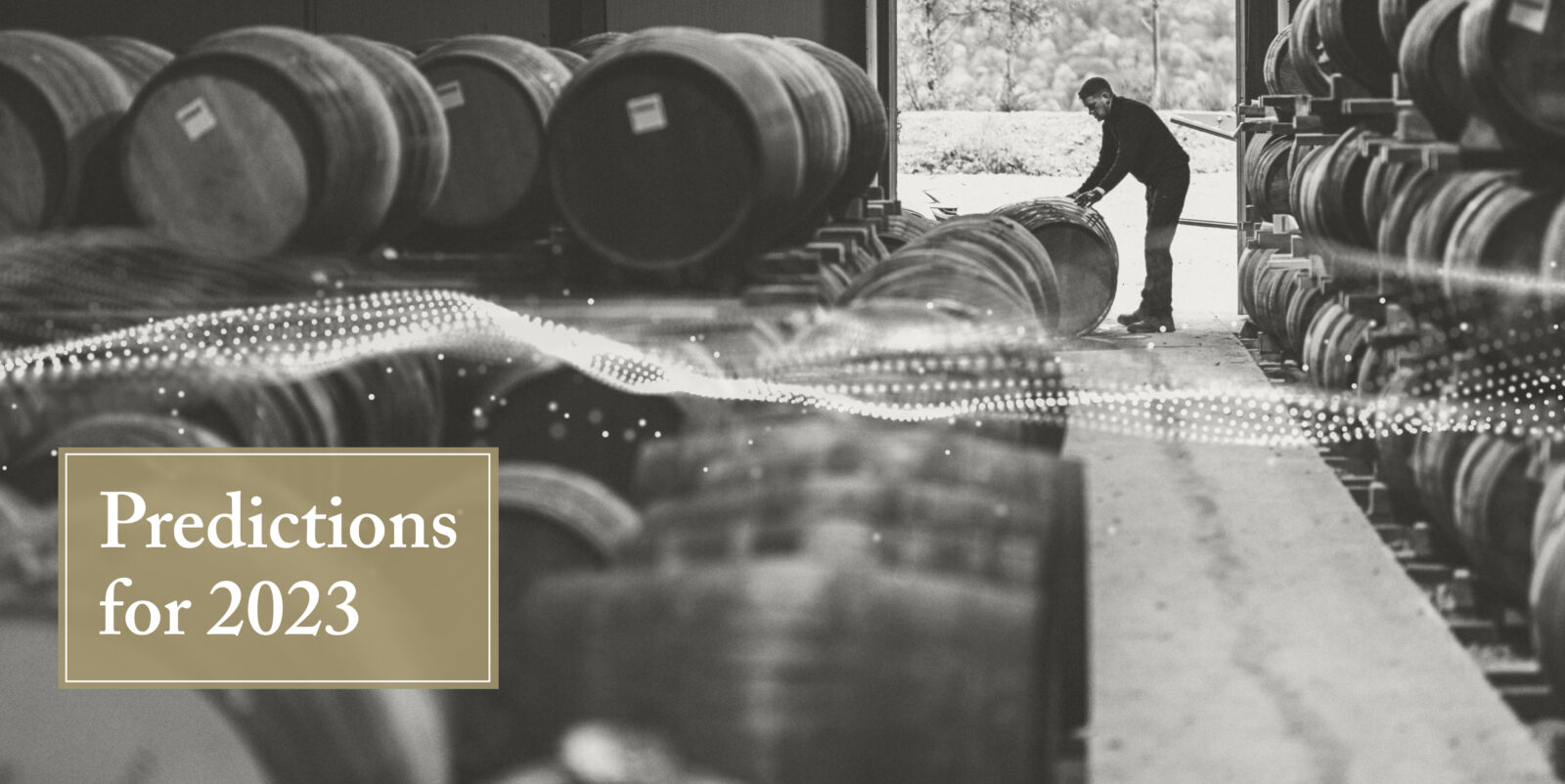What does this year have in store for investors?
Predicting the future is never easy. In fact, as events over the last few years have shown, the only thing that we can be certain about, is that—when it comes to global events and their impact on the financial markets—nothing is certain.
However, patterns have emerged that can help to point us to safer ground. The era of ‘cheap money’ is over and the relative stability we have grown accustomed to in global markets has now ended. Globalisation and the continuing economic growth of China to power the global economy can no longer be taken for granted. Following the pandemic, structural debt, inflation and political instability have ‘re-set’ the global economy.
While economists differ about the duration and extent of this new economic cycle, there can be no doubt that investors in 2023 are facing a new reality.
So, what strategies should savvy investors be considering now to protect their portfolios in 2023?
The Rise of Tangible Assets and Alternative Investments
The last 12 months have seen a rise in the popularity of tangible assets and alternative investments as a hedge against inflation. It is likely that this trend will continue in 2023, as investors seek to diversify their portfolios to protect their wealth in times of risk and instability. (Although, perhaps it’s no longer correct to use the term ‘alternative investments’, as nowadays these kinds of investments are becoming increasingly mainstream with fund managers and private investors).
Tangible assets are investments which have a physical form, such as property or precious metals. They offer investors various advantages, such as the ability to maintain their investment and benefit from any appreciation in value. Tangible assets can also be more resistant to inflation than other types of investments. Alternative investments are usually less correlated with the stock market and can provide higher returns over time. However, they also come with higher risks and can be more volatile than traditional investments.
Some of the advantages of moving a portion of your investments towards alternative assets, include:
- They don’t correlate strongly, or at all, with general market movement. In other words, if the market is on a bull or bear run, the value of certain alternatives won’t usually be impacted.
- They provide a good hedge against inflation. Which, considering the current historic rate of inflation, makes them ever more important to protect wealth.
- They have the ability to outperform the market. The most recent Whisky Cask Market Report showed estimated appreciation of 13.12%, providing better performance than all global stock markets.
Choosing which tangible asset works for you
However, it is fair to say that ‘not all tangible investments are created equal’. There are a diverse range of asset classes that can be defined as ‘tangible’, but each of them comes with their own risks and opportunities:
- Gold has traditionally been the most popular haven for wealth in times of instability and economic downturn. However, as interest rates rise, the price of gold tends to fall as investors move their assets back to bonds and other fixed-income investments.
- Crypto, some of which have been the best performing alternative investments of the last few years. But risk and instability are built into these block chain currencies, and that seems set to continue in 2023.
- Real estate has been another ‘safe haven’ for investors, although a downturn in the global economy and the prospect of a predicted recession, or near recession, in 2023 mean that investors are wary of getting their fingers burnt in an increasingly volatile housing market. Rising interest rates will continue to put negative pressure on real estate prices throughout the year.
- Art is a tangible asset that has performed exceptionally well recently, but has an expensive initial buy-in and deciding where to put your money comes with plenty of risks attached to do with intangible value that are beyond an investors’ control.
Why invest in whisky casks?
The search for safe havens through tangible assets has meant that newer alternative investments are now increasing in popularity, among them whisky casks,
Compared to the other tangible investments mentioned above, whisky casks offer a number of benefits to investors.
- Whisky casks offer consistent and predicable returns compared to other tangibles, as the liquid gains steady value in the cask while it matures.
- Whisky casks must be kept in government bonded warehouses until they are bottled, giving investors the peace of mind of knowing that their asset is being kept secure.
- Each cask is fully accounted for in the warehouse and provenance and traceability are strictly controlled, which means that the risk of counterfeiting or scams are vastly reduced.
- Backed by a huge global industry and powered by growing consumer popularity, investors in whisky casks know that their asset is likely to sell at a good price when the time comes to exit their investment.
- Whisky cask investors can enjoy the unique opportunity to visit their cask in Scotland.
- You can drink it! Of course, one of the outstanding benefits of a fine cask of whisky as a tangible asset is that there’s always the tempting possibility of deciding to enjoy the fruits of your investment in the most direct way possible.
As we look to the year ahead, 2023 promises to be a year of both risks and new opportunities for investors. In a technological sense we can expect lots of changes, from advances in technology to further exploration of outer space, while the potential of AI as a motor of economic growth is set to continue.
However, as 2023 moves forward across unpredictable, and sometimes risky pathways, in warehouses throughout Scotland, whisky casks will be sitting quietly, ignoring the economic news and crises taking place outside, while continuing to gain steady value for their investors.

